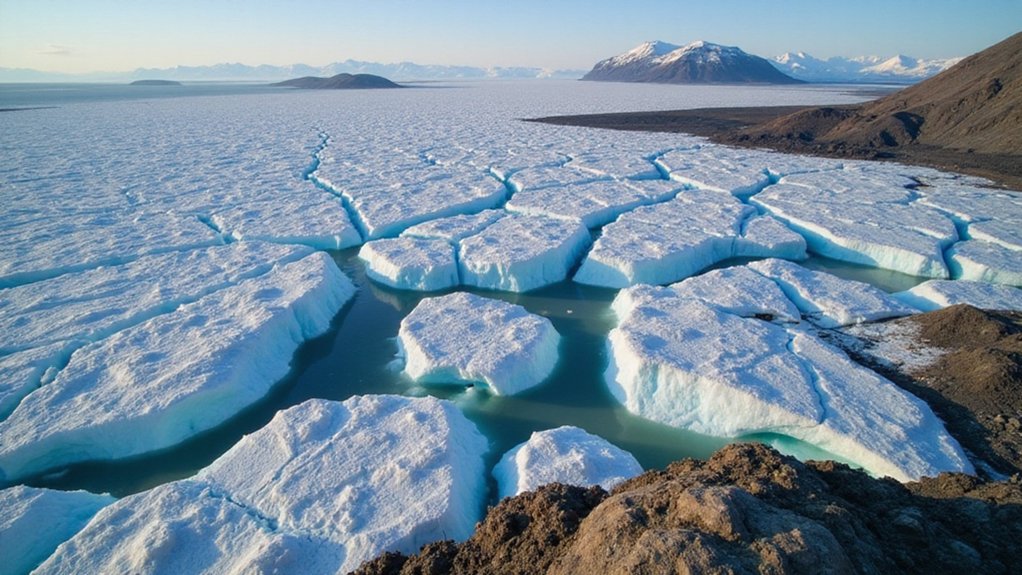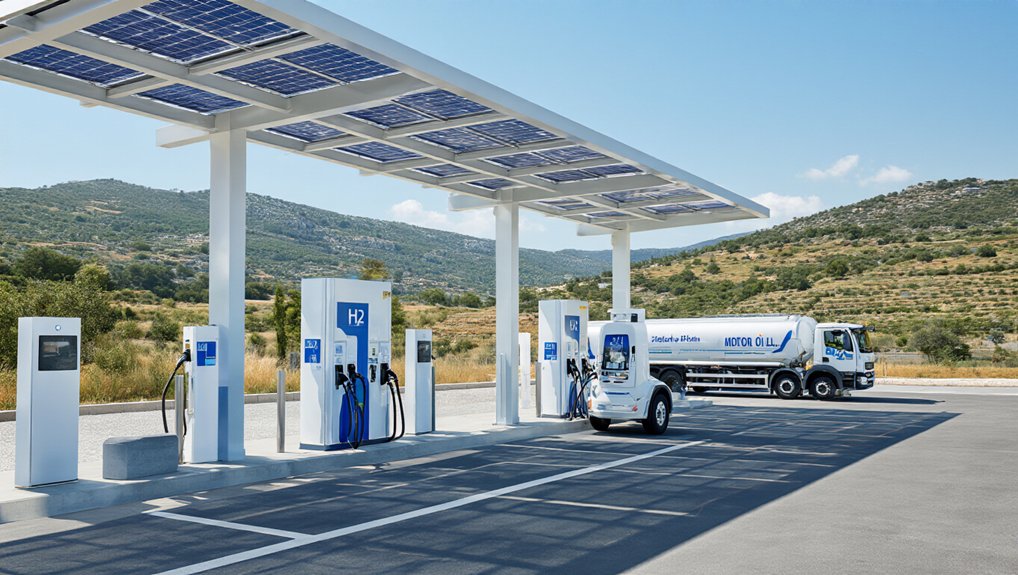As the world scrambles to find clean energy solutions, hydrogen storage technology has emerged as a critical piece of the puzzle. Asia’s betting big on it—a whopping $4.6 billion chunk of the projected $17.5 billion global market by 2025. They’re not messing around. The question is: will it pay off?
Let’s get real. Storage has been hydrogen’s Achilles’ heel for decades. Compressed hydrogen dominates the current market with an expected 39.2% share. It’s fast to refill and doesn’t take up ridiculous space. But it’s expensive. Really expensive. Neither compressed nor liquid hydrogen systems meet automotive industry cost targets. Not even close.
Liquid hydrogen sounds fancy until you realize it just… evaporates. Engineers call them “dormancy losses.” Regular folks call it “money vanishing into thin air.” Cryo-compressed systems try to solve this by combining compression with cooling. Nice try. Still inefficient and pricey.
The real buzz is around solid-state storage. Metal hydrides have been around forever, but new nanomaterials might actually change the game. Those porous hollow carbon nanospheres aren’t just a mouthful to say—they store more hydrogen at lower temperatures. Transformative? Maybe. The industry is increasingly focused on solid-state hydrogen storage as a viable solution for overcoming current limitations.
Then there’s ammonia. Weird choice for storing hydrogen, but it’s gaining traction. You’ll see entire industry zones dedicated to it at major expos now. Unlike many renewable alternatives, hydrogen offers the 95% availability factor that geothermal energy provides, making it attractive for grid stability applications.
All this matters because renewables need storage—desperately. That $148.6 billion poured into solar in 2020 means nothing if we can’t save excess energy for cloudy days. Hydrogen could be the answer.
Asia’s $4.6 billion gamble comes down to one question: Can they crack the code on hydrogen storage before investors lose patience? The 2025 targets for temperature range, cycle life, and capacity look achievable. Cost? That’s another story entirely. The clock’s ticking. Japan, South Korea, and China are leading the charge with massive investments in hydrogen infrastructure as part of the Asia Pacific region’s strategy to become the fastest-growing market for this technology.
References
- https://www.leadventgrp.com/blog/top-trends-in-hydrogen-technology-for-2025
- https://www.coherentmarketinsights.com/industry-reports/hydrogen-energy-storage-market
- https://www.energy.gov/eere/vehicles/articles/us-drive-hydrogen-storage-technical-team-roadmap
- https://chemistry-europe.onlinelibrary.wiley.com/doi/abs/10.1002/slct.202404435
- https://www.hydrogen-expo.com








